Unusual and unconventional artillery shells
- By Travis Pike
Share This Article
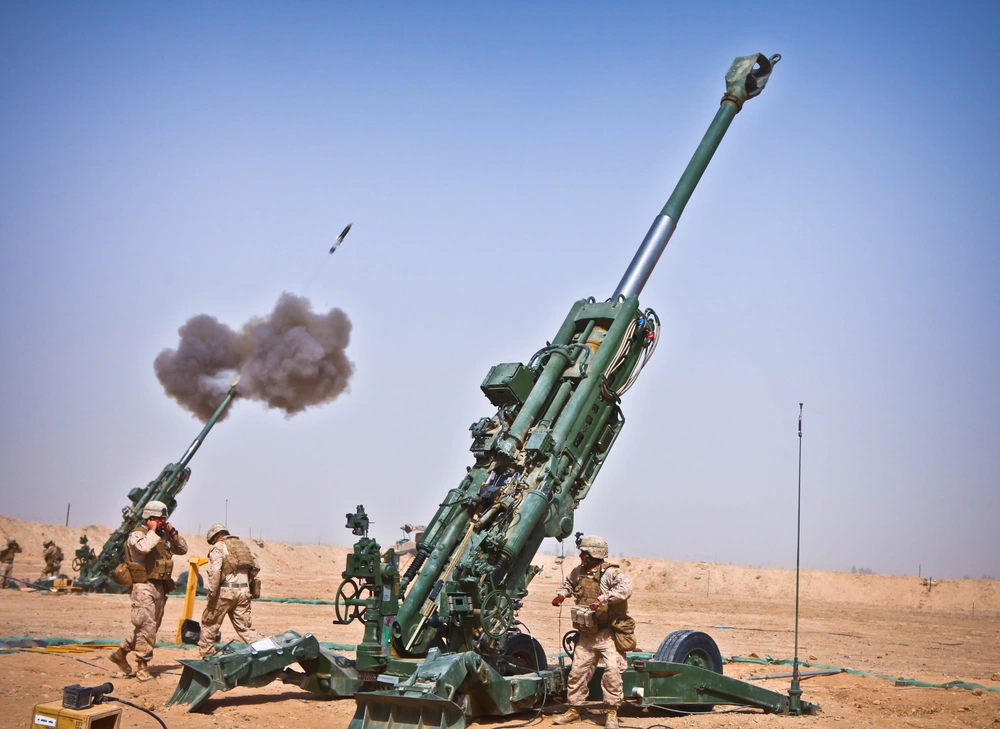
There is no sweeter sound to an entrenched infantryman than that of friendly artillery fire. The massive indirect fire cannons can deliver fire up to 25 miles away with specific shell types. Artillery is often called the King of Battle since it can destroy almost anything and dig out entrenched personnel.
Artillery shells vary in size and also come in different types, including smoke shells for concealment, regular flares, infrared flares, and more. Among those explosives and utility rounds are some very unusual, unconventional artillery options.
The Excalibur – The smart round
The Excalibur round is a 155mm explosive guided artillery shell.
The Excalibur round uses a mix of GPS and inertial guidance to be guided to target. As a result, the Excalibur round is so accurate it can be fired within 75 to 150 meters of friendly troops or noncombatants without the threat of harming them. It can launch from 25 miles away and land on target.
However, the guided design comes at a very hefty $68,000 a shell, compared to the $800 price point of a normal 155mm shell.
The U.S. Army designed the M1156 Precision Guidance Kit to turn dumb munitions into smart ones, but the Excalibur still reigns supreme.
The W48 – Nuclear artillery
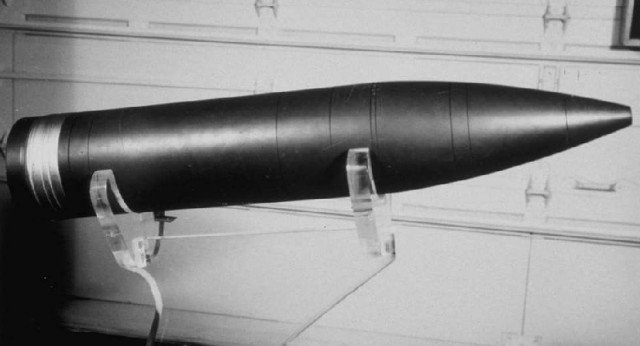
The U.S. Army aνd Department of Defense would go on to create a wide variety of unconventional nuclear weapons during the Cold War. It was only natural the King of Battle would start to glow in the dark.
The W48 artillery shell came to be in 1963 and remained in service until 1992. The shell could launch a blast yield of 0.1 kilotonnes of TNT 8.7 miles away and is the smallest nuclear weapon ever developed at 155mms.
The intent of the W48 was to allow divisional commanders to have nuclear fire support for deep targets, which are targets located deep with an enemy formation. The W48 would be extremely powerful for its size. The effectiveness of the round was proven during studies, but those studies are still classified.
Related: Five things the US fired out of cannons besides artillery rounds
Beehive anti personnel round
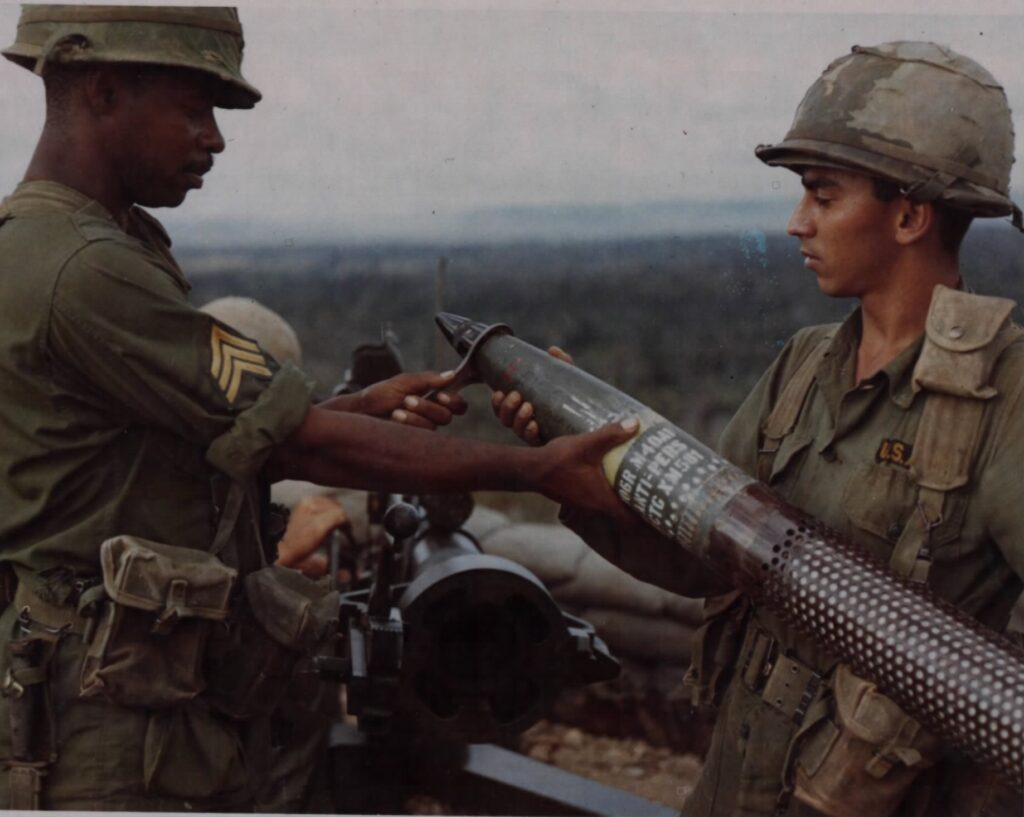
Jungle combat in the Vietnam War was a challenging obstacle for artillery. The mass of trees could contain the explosion and fragmentation of an artillery round and prevent it from reaching it’s full potential. Further, the infantry fighting in the jungle was often close-quarters and that meant explosive artillery wasn’t all that handy.
Luckily, in 1957 the Whirlpool Corporation – yes, the washing machine company – had developed the Beehive round.
The Beehive was packed with flechetts. When fired, the rounds would explode over the targets and up to 8,000 flechettes would be deployed.
The shell was designed to be fired directly, meaning the round wasn’t arcing through the sky.
The Beehive design was used in 105mm artillery shells, in 90mm and 106mm recoilless rifles and in 106mm tank guns. The design slightly declined in usefulness when the Killer Junior airburst round was fielded.
The artillery-launched drone
Drones are quickly becoming the future of warfare. The Chinese are combining drones with artillery pieces to create artillery-launched drones.
The Chengdu Aviation Corporation has reportedly developed a drone that can be launched from a 155mm cannon. The UAV is a loitering munition, which means after being launched it hovers over the battlefield looking for targets. It will, reportedly, be controlled by the artillery unit.
Launching it via artillery reduces the drone’s flight time to target. Initially traveling at artillery speed, it then deploys via parachute and hovers around the battle field until a target is picked using a laser designator.
Feature Image: Marines with Charlie Battery, 1st Battalion, 12th Marine Regiment, fire an M982 Excalibur round from an M777 howitzer during a fire support mission. The artillerymen spend hours each day running through dry-fire training drills to keep their skills sharp in preparation for requests for fire support. (Photo by Sgt. Jeff Drew/II Marine Expeditionary Force)
Read more from Sandboxx News
- Air Force has revealed world’s first two AI-piloted fighter drones
- New details emerge on the F-47, America’s 6th-generation stealth fighter
- America’s power grid could be vulnerable to Chinese hijacking, report finds
- F-35 will be upgraded to the twin-engine F-55, says President Trump. But how realistic is that?
- The F-22 Raptor will get a ‘super’ upgrade, says President Trump
Related Posts
Sandboxx News Merch
-

‘AirPower’ Classic Hoodie
$46.00 – $48.00Price range: $46.00 through $48.00 Select options This product has multiple variants. The options may be chosen on the product page -

‘Sandboxx News’ Trucker Cap
$27.00 Select options This product has multiple variants. The options may be chosen on the product page -
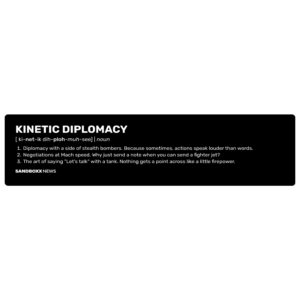
‘Kinetic Diplomacy’ Bumper Sticker (Black)
$8.00 Add to cart

Travis Pike
Travis Pike is a former Marine Machine gunner who served with 2nd Bn 2nd Marines for 5 years. He deployed in 2009 to Afghanistan and again in 2011 with the 22nd MEU(SOC) during a record-setting 11 months at sea. He’s trained with the Romanian Army, the Spanish Marines, the Emirate Marines, and the Afghan National Army. He serves as an NRA certified pistol instructor and teaches concealed carry classes.
Related to: Gear & Tech
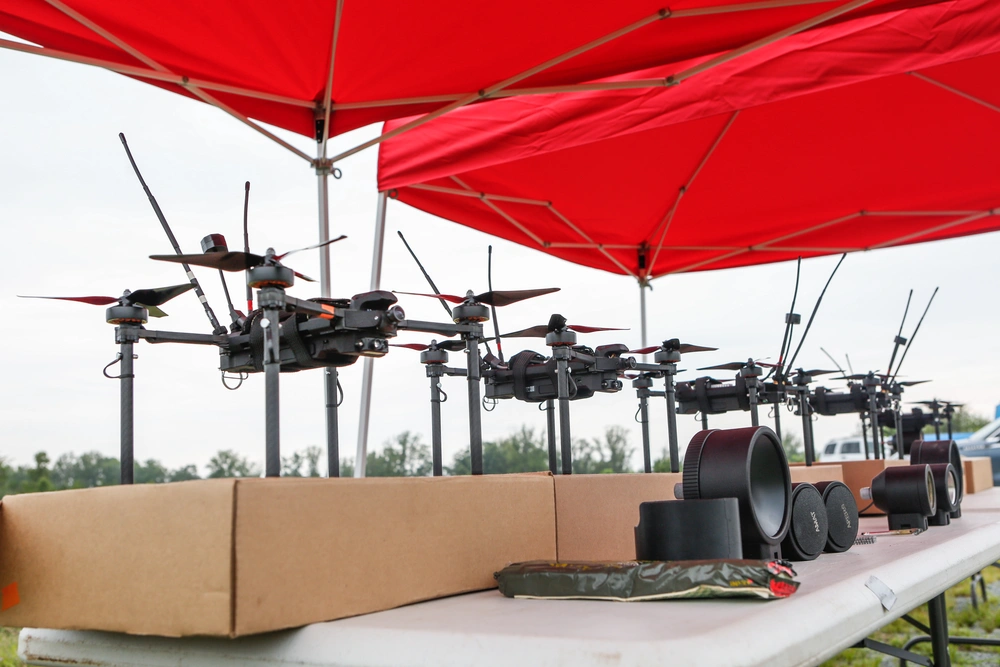
The benefits of drones for the Marine Corps
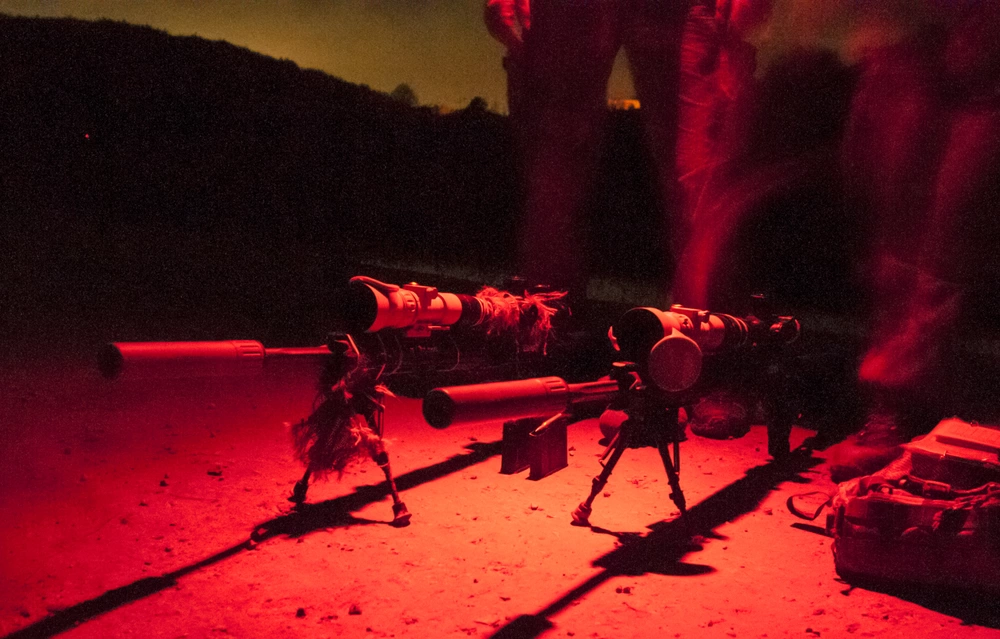
The technologies that will unlock the next generation of firearms
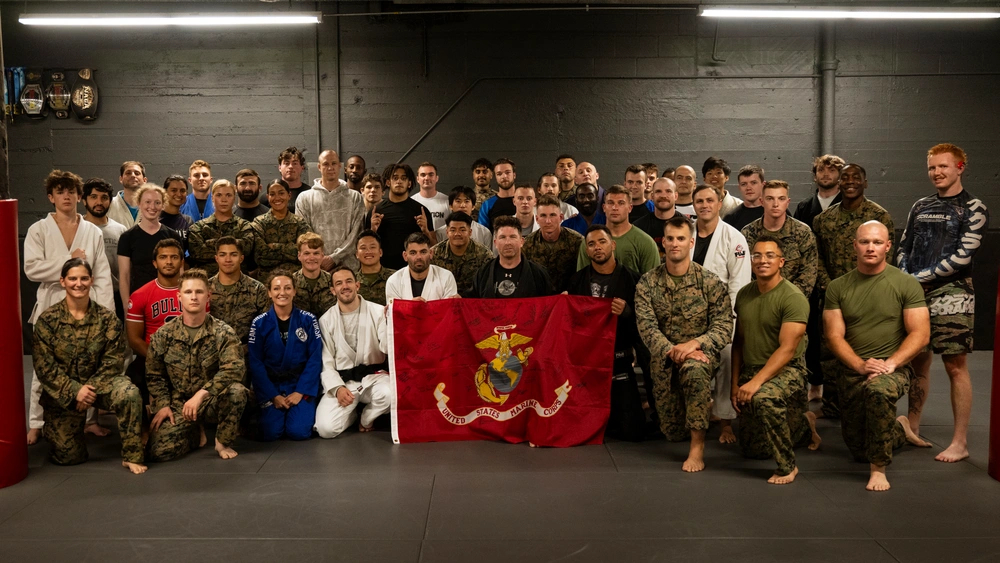
5 benefits that martial arts can have for veterans
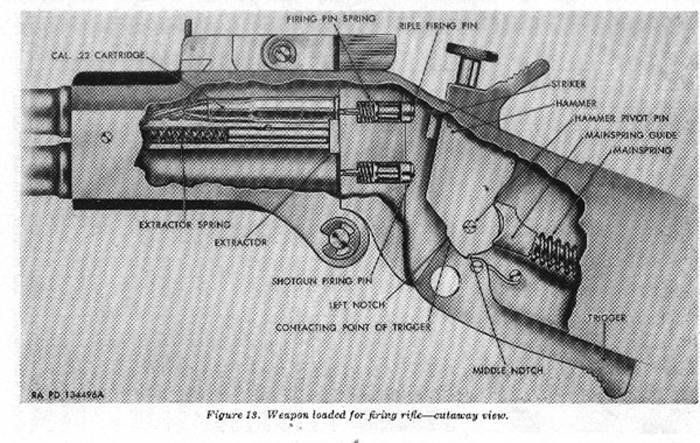
These aircrew survival weapons have ensured US airmen stayed alive in rough situations
Sandboxx News
-

‘Sandboxx News’ Trucker Cap
$27.00 Select options This product has multiple variants. The options may be chosen on the product page -

‘AirPower’ Classic Hoodie
$46.00 – $48.00Price range: $46.00 through $48.00 Select options This product has multiple variants. The options may be chosen on the product page -

‘AirPower’ Golf Rope Hat
$31.00 Select options This product has multiple variants. The options may be chosen on the product page -

‘Sandboxx News’ Dad Hat
$27.00 Select options This product has multiple variants. The options may be chosen on the product page
